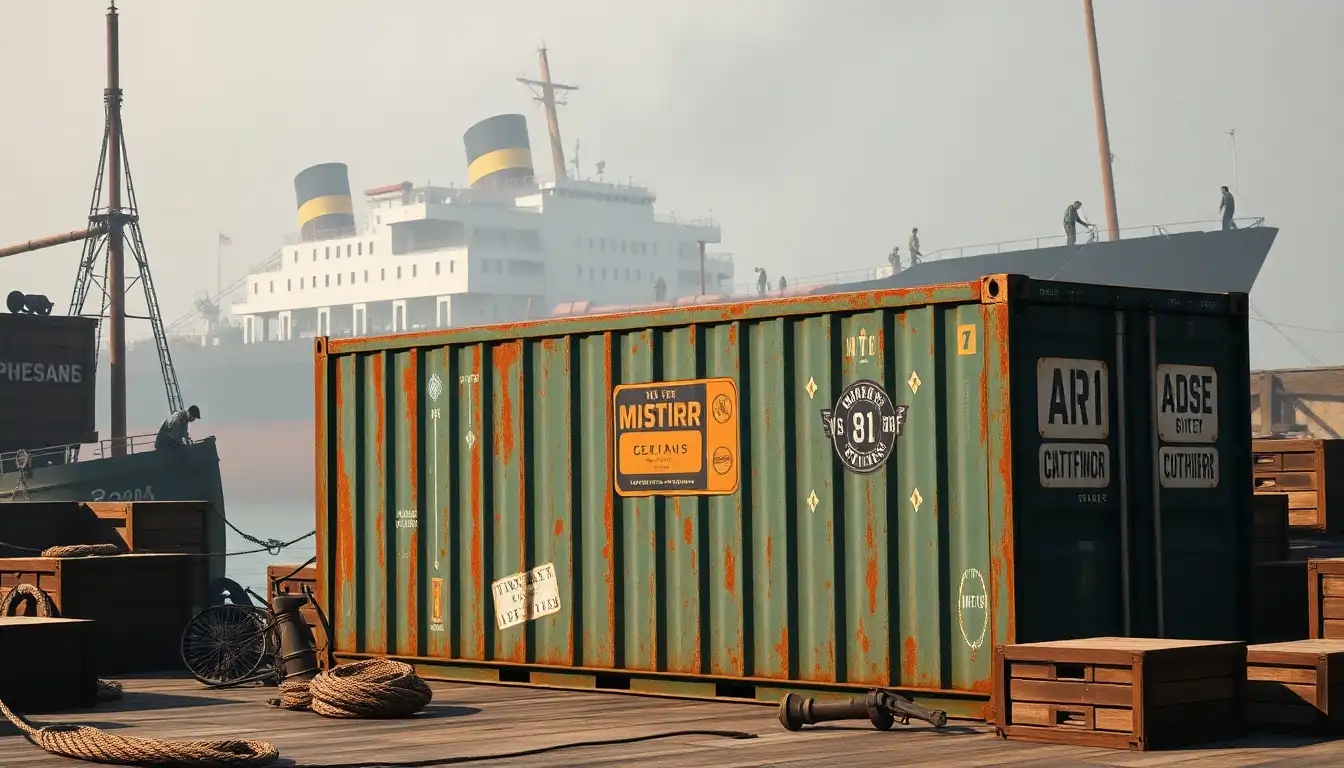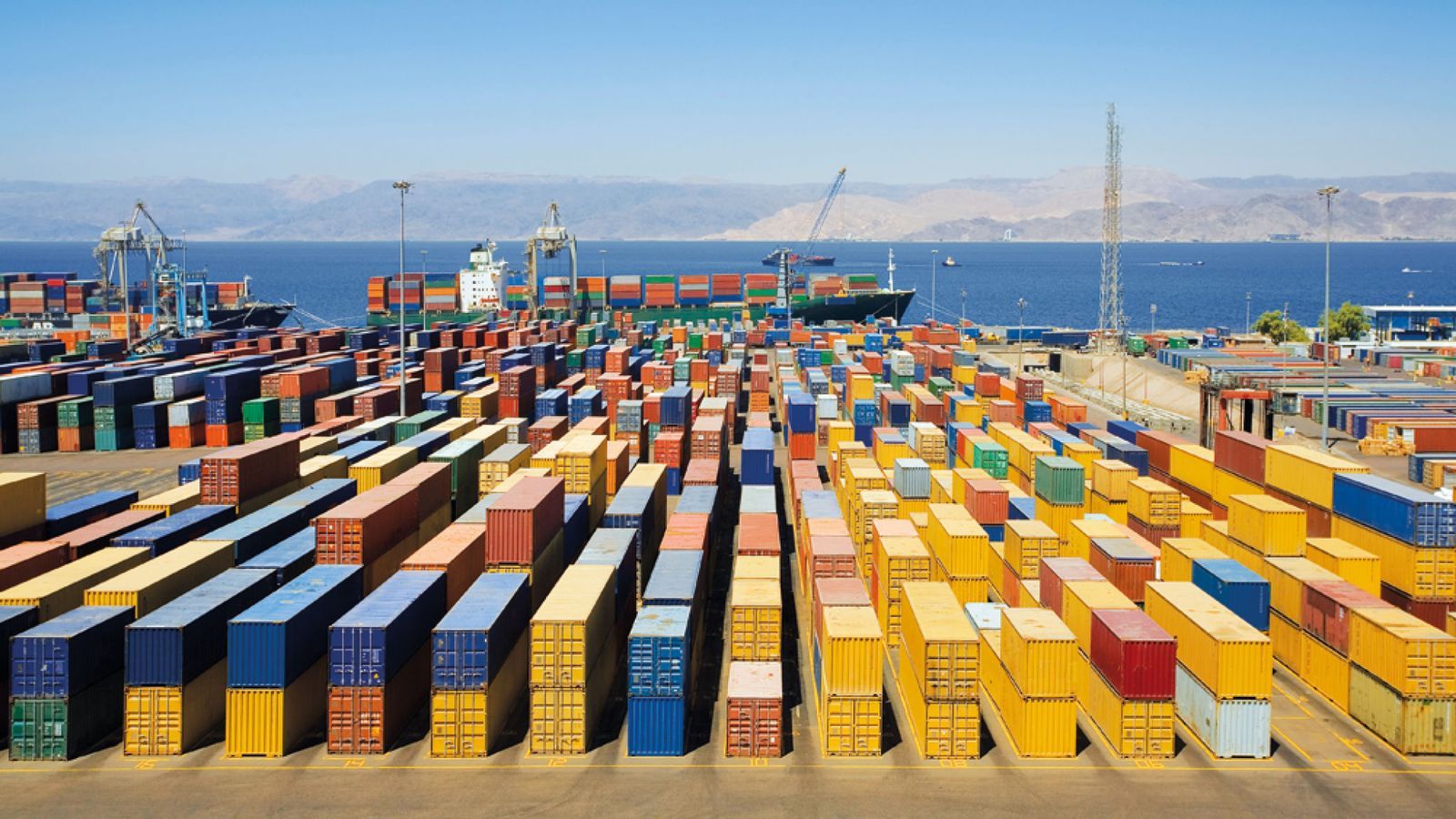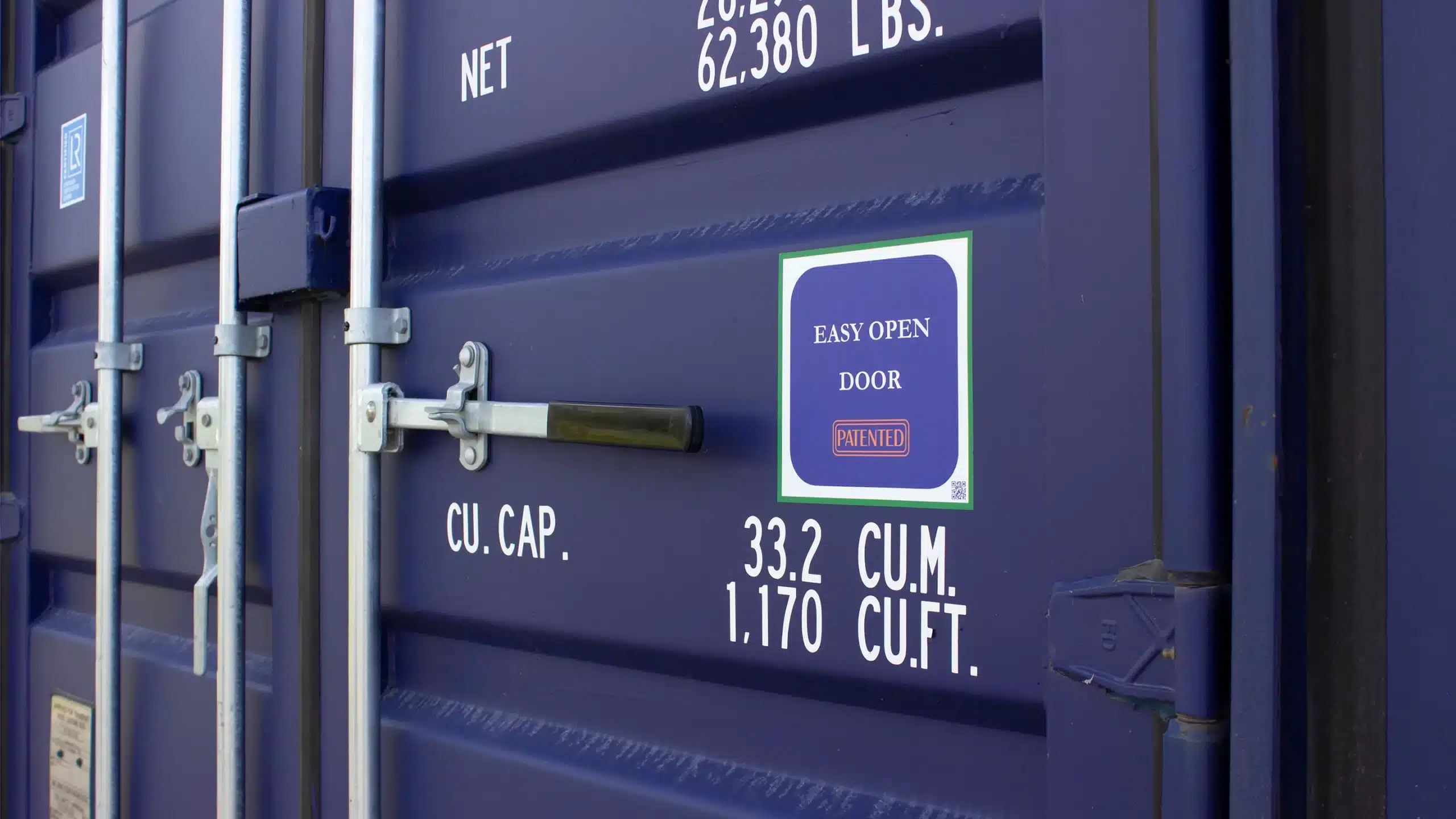
Early Attempts to Protect Cargo
People have always sought to protect their goods from damage. Fragile items were wrapped in cloth, valuable cargo was packed in wooden crates, and special “boxes” were created for particularly important goods. However, these methods were far from perfect and could not provide adequate protection. Nevertheless, these early attempts became the first steps toward the creation of modern containers.
Early Experiments with Containers
In the 1920s, the company Seatrain Lines made the first attempts to create a ship capable of transporting railway cars. However, this technology did not last long, unable to withstand competition from major railroad companies.
Around the same time, the first container for railway transport was developed and standardized in the UK. Unfortunately, it did not gain widespread adoption.
In the 1940s, a project for a steel container called the “Behälter” emerged in Germany. Its capacity was 25 tons, which is close to modern standards. However, this idea also did not become widespread.
Malcolm McLean's Revolution
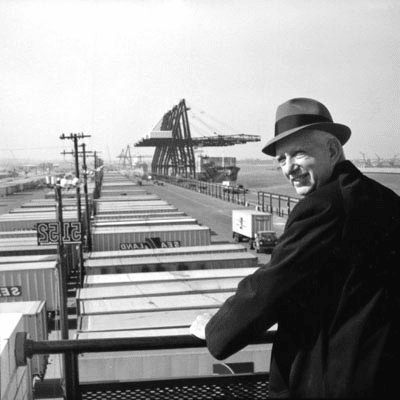
The real breakthrough in container shipping came thanks to American Malcolm McLean. His story is an example of how a simple idea can transform an entire industry.
In the 1930s, McLean was a truck driver and owner of a small transportation company. One day, while watching workers manually unload bales of cotton, he wondered: what if goods were loaded not individually, but in bulk, or even together with the truck? This thought became the starting point for the creation of container shipping.
By the 1950s, McLean’s company already owned more than 1,700 trucks. The problem of efficient cargo transportation became particularly pressing for him. He then decided to implement his long-standing idea, focusing on improving port logistics.
The First Containers and Container Ships
In collaboration with engineer Keith Tantlinger, McLean developed 35-foot-long containers that were secured together with special locks. These containers were strong, reliable, and could withstand harsh weather conditions.
But McLean went further: he not only invented the container but also created an entire transportation system. He designed specialized container ships and truck platforms for transporting containers. This comprehensive solution became the key to success.
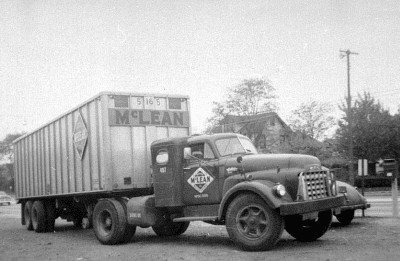
The First Container Shipment
In 1956, the first container shipment in history took place at the port of Newark, New Jersey. The ship Ideal X was loaded with 58 containers bound for Houston, Texas. This event marked the beginning of a new era in freight transportation.
However, the first steps were not without challenges. Ports lacked specialized cranes for unloading containers, so McLean installed two such cranes on the next ship. This decision became another step toward standardizing container shipping.
Standardization and Global Expansion
One of the main problems was the lack of uniform standards for containers. American sizes did not fit European roads, causing difficulties. Eventually, international organizations approved the 8-foot container standard, which is still used today.
In the 1960s and 1970s, container shipping began to grow rapidly. Regular routes between America and Asia emerged, and the industry itself started to expand rapidly. In 1969, McLean’s company Sea-Land became part of the Danish Maersk Line, one of the leaders in global logistics.
Interested in buying a container?
If you are interested in buying a sea container, we will be happy to help. Our experts are ready to answer all your questions and provide you with the information you need. Contact us today and find out more!
Malcolm McLean's Legacy
Malcolm McLean not only invented the container but also created an entire industry that changed global trade. His contribution to the development of logistics cannot be overstated. Even after his death in 2001, his memory lives on, and his invention continues to serve people around the world.
Modern Containers
Today, containers are used to transport a wide variety of goods—from ordinary products to hazardous and fragile materials. There are many types of containers, each designed for specific tasks. Thanks to standardization and versatility, they remain an indispensable tool in global logistics.
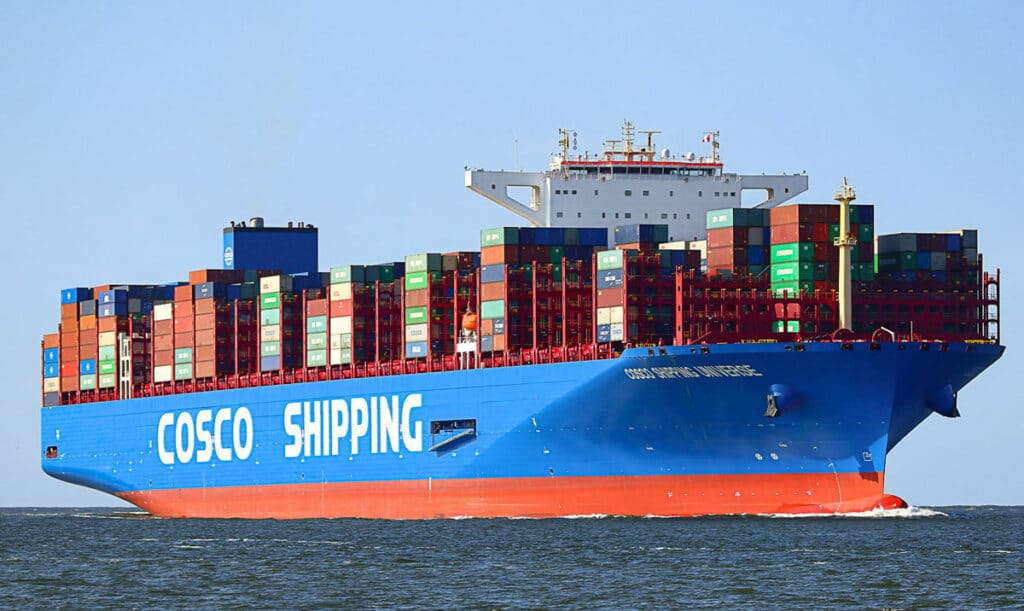
Conclusion
The history of shipping containers is a story of how one idea can change the world. From the first wooden crates to modern steel giants—containers have come a long way, becoming a symbol of global trade. Today, they continue to play a key role in logistics, ensuring fast and secure delivery of goods worldwide.
